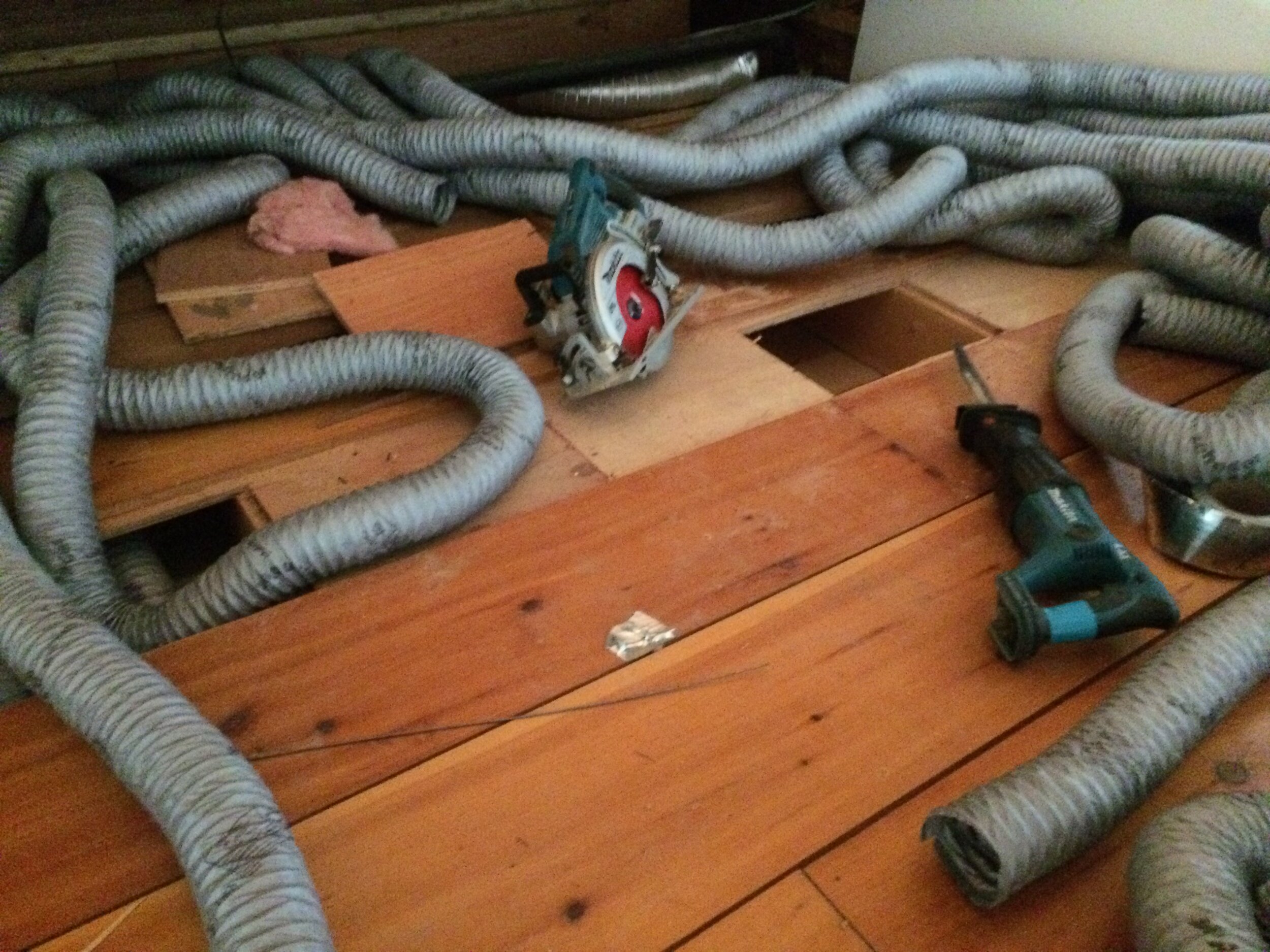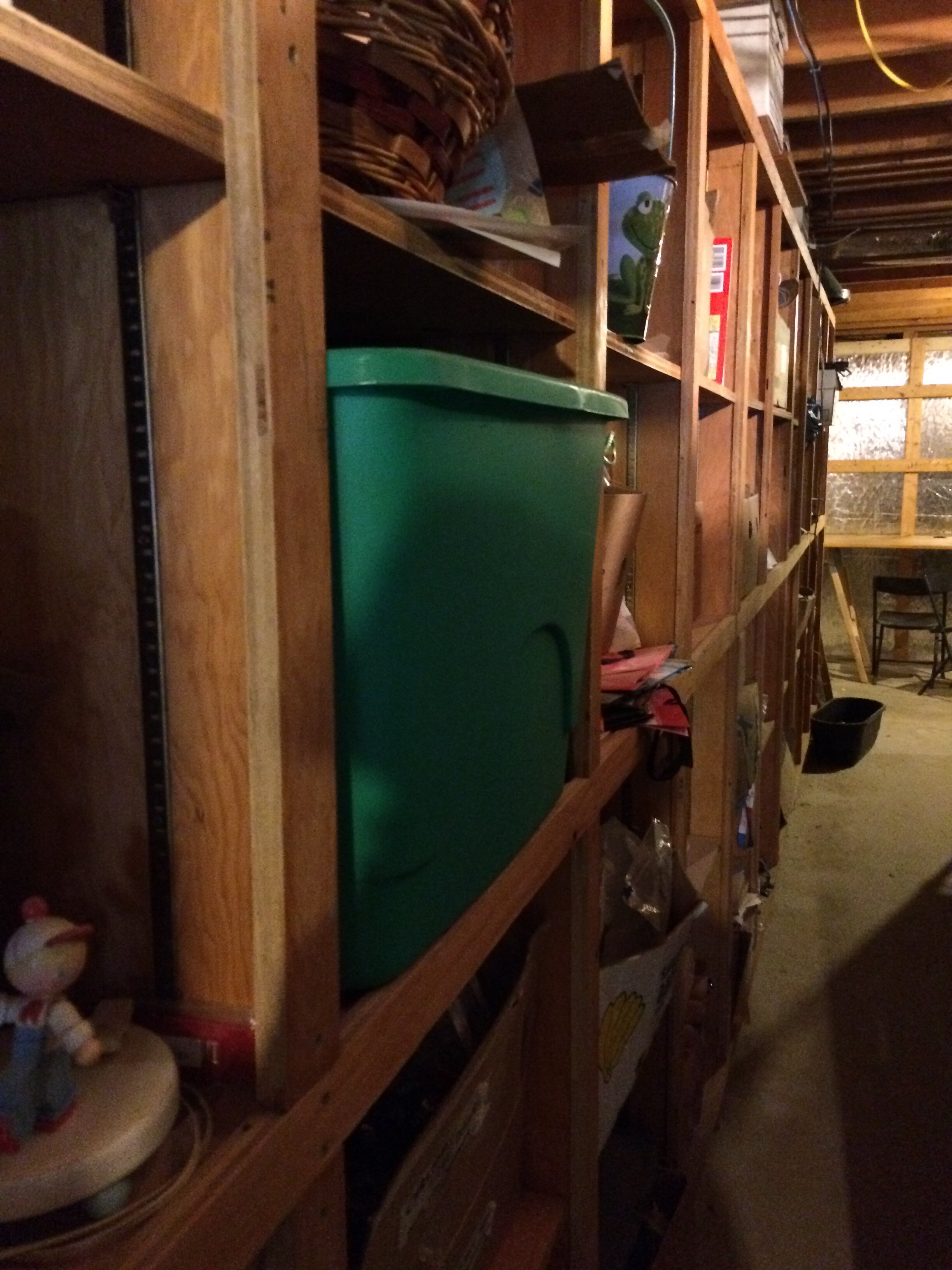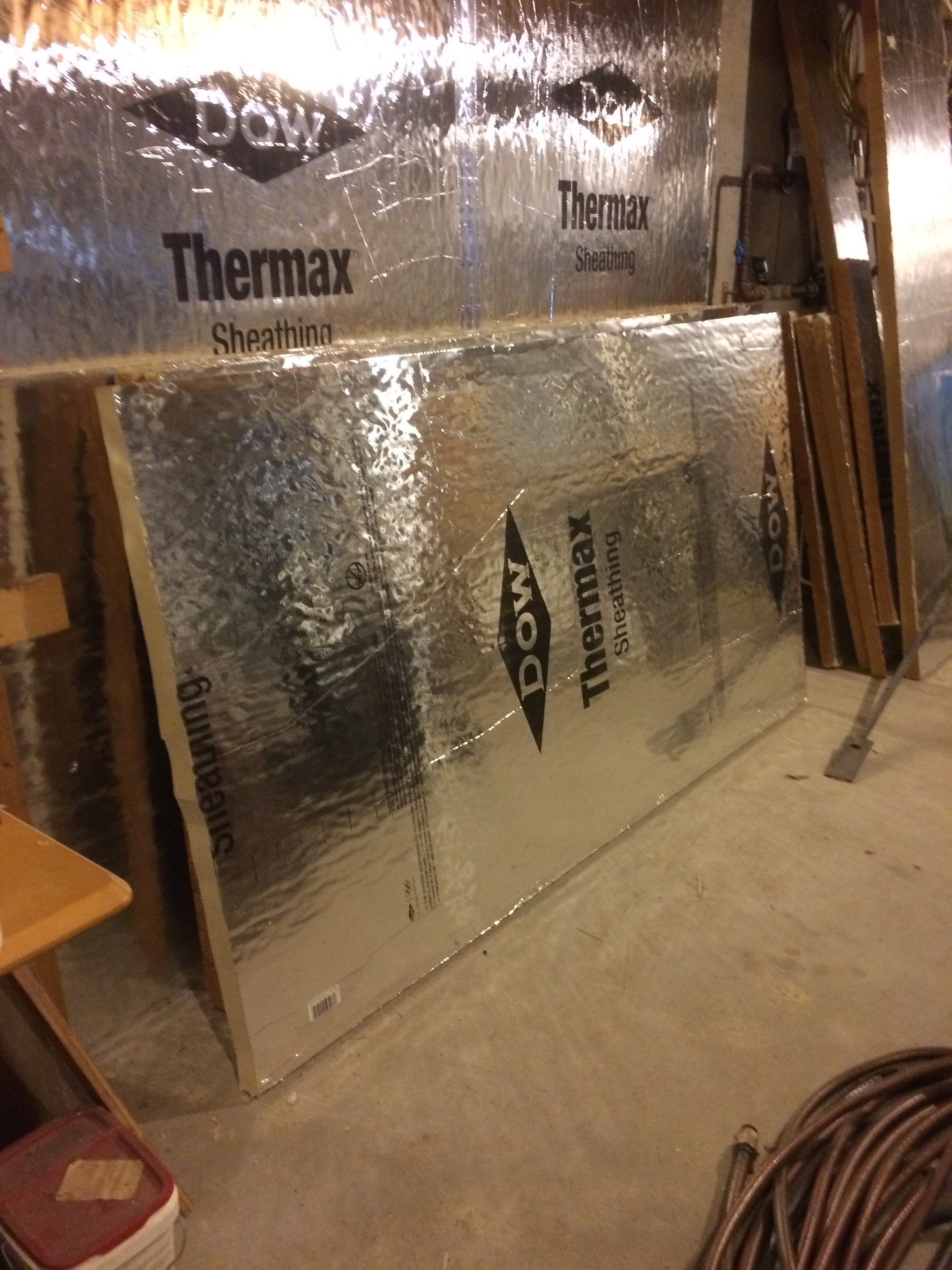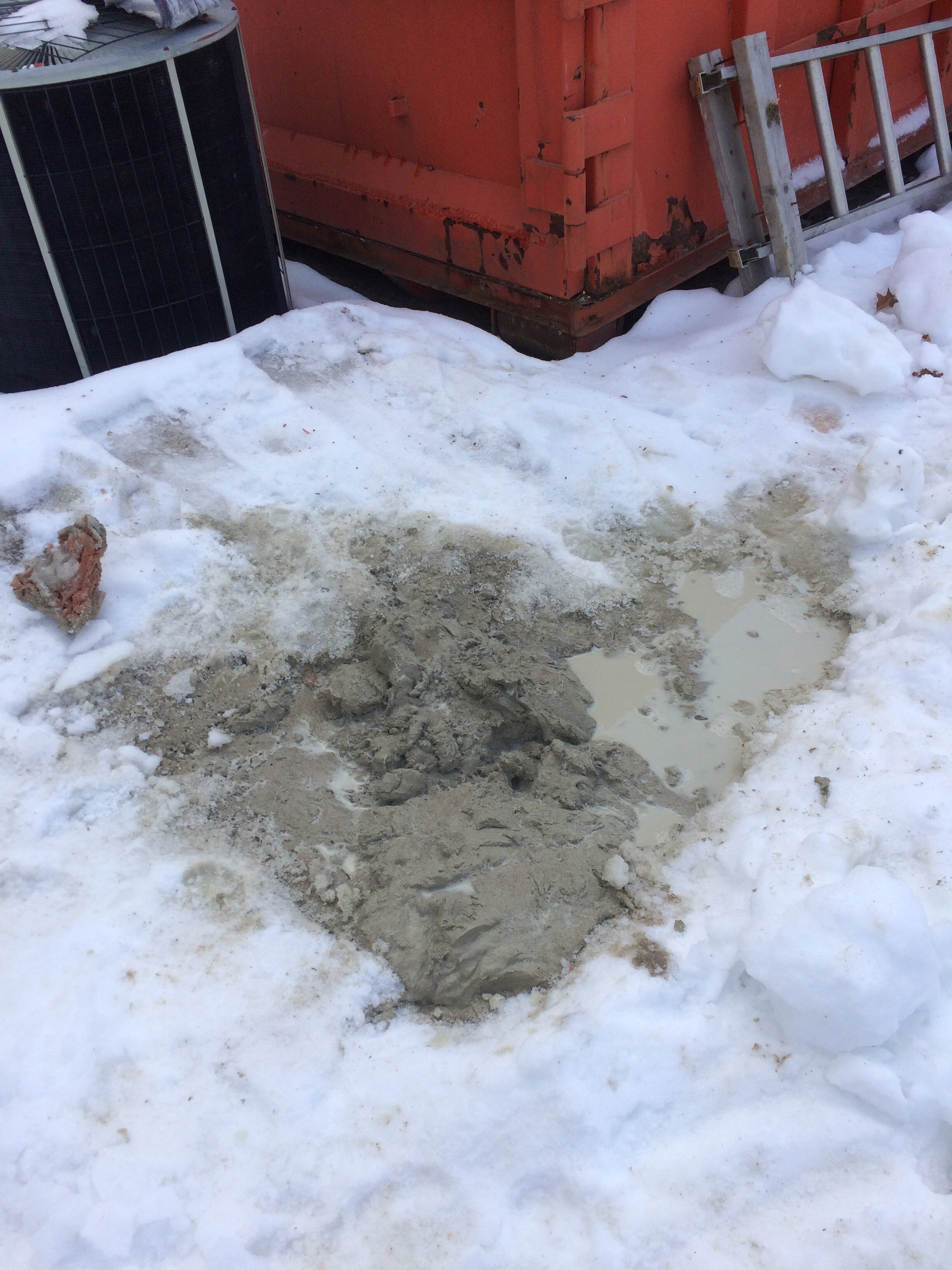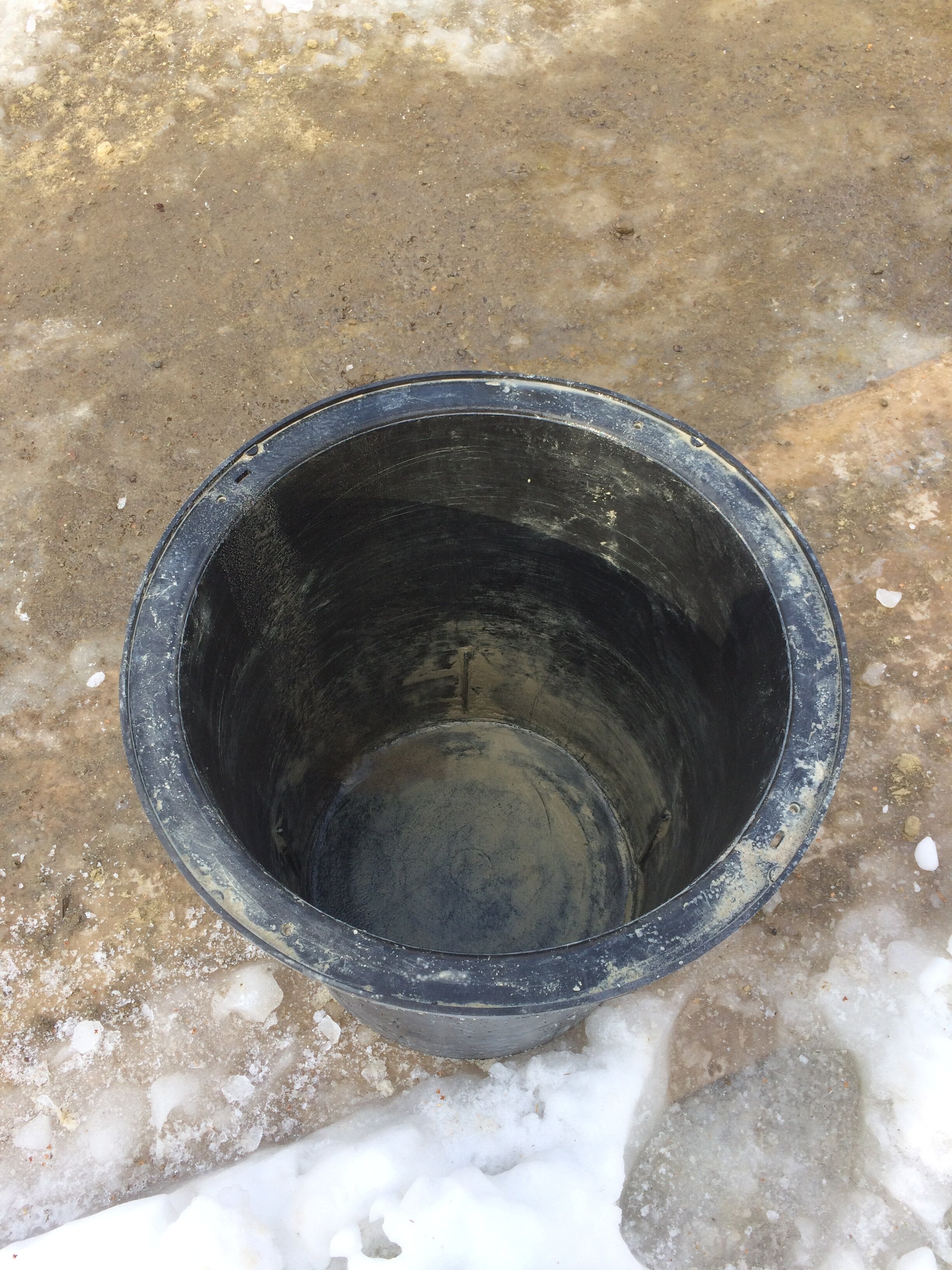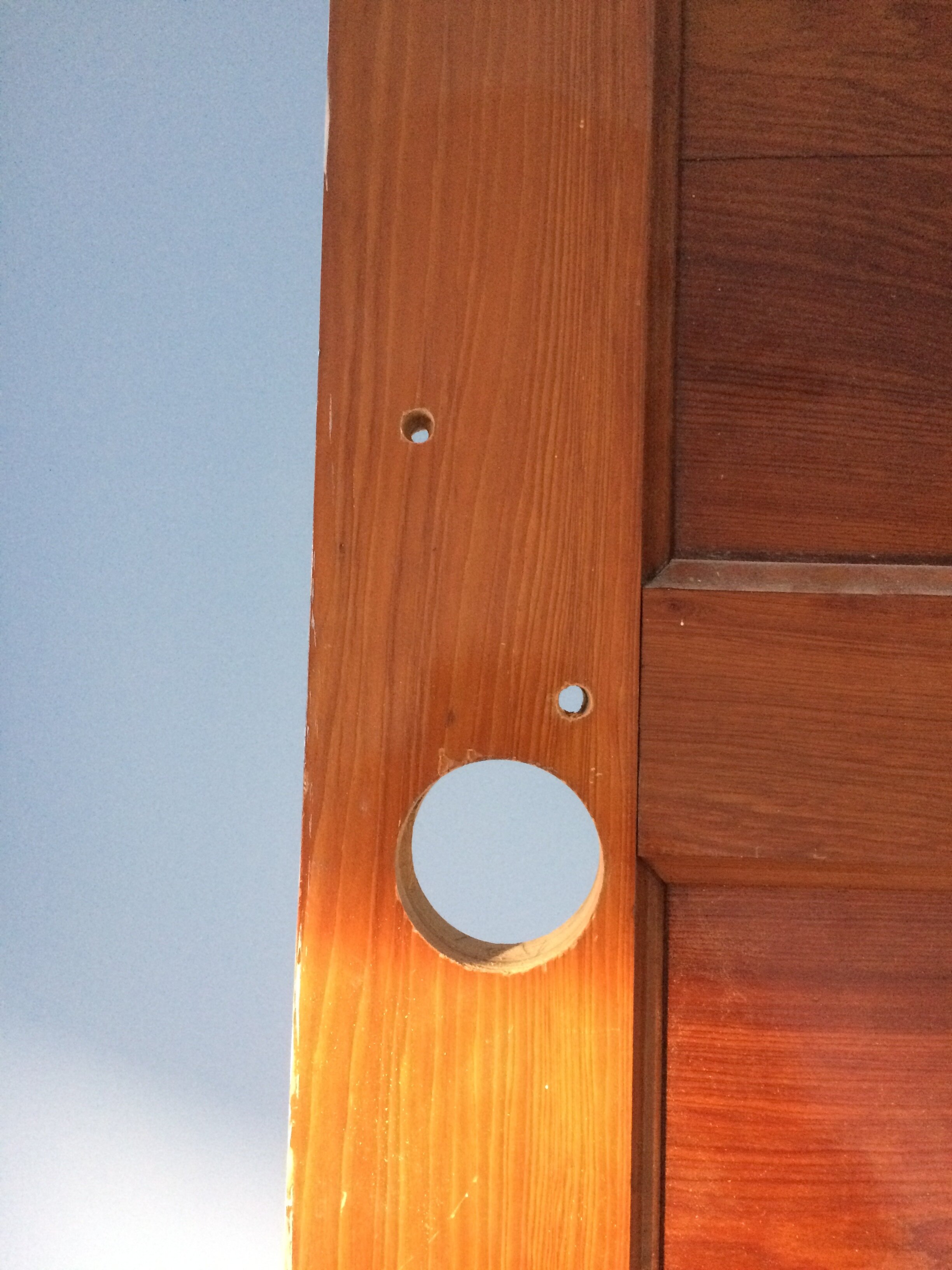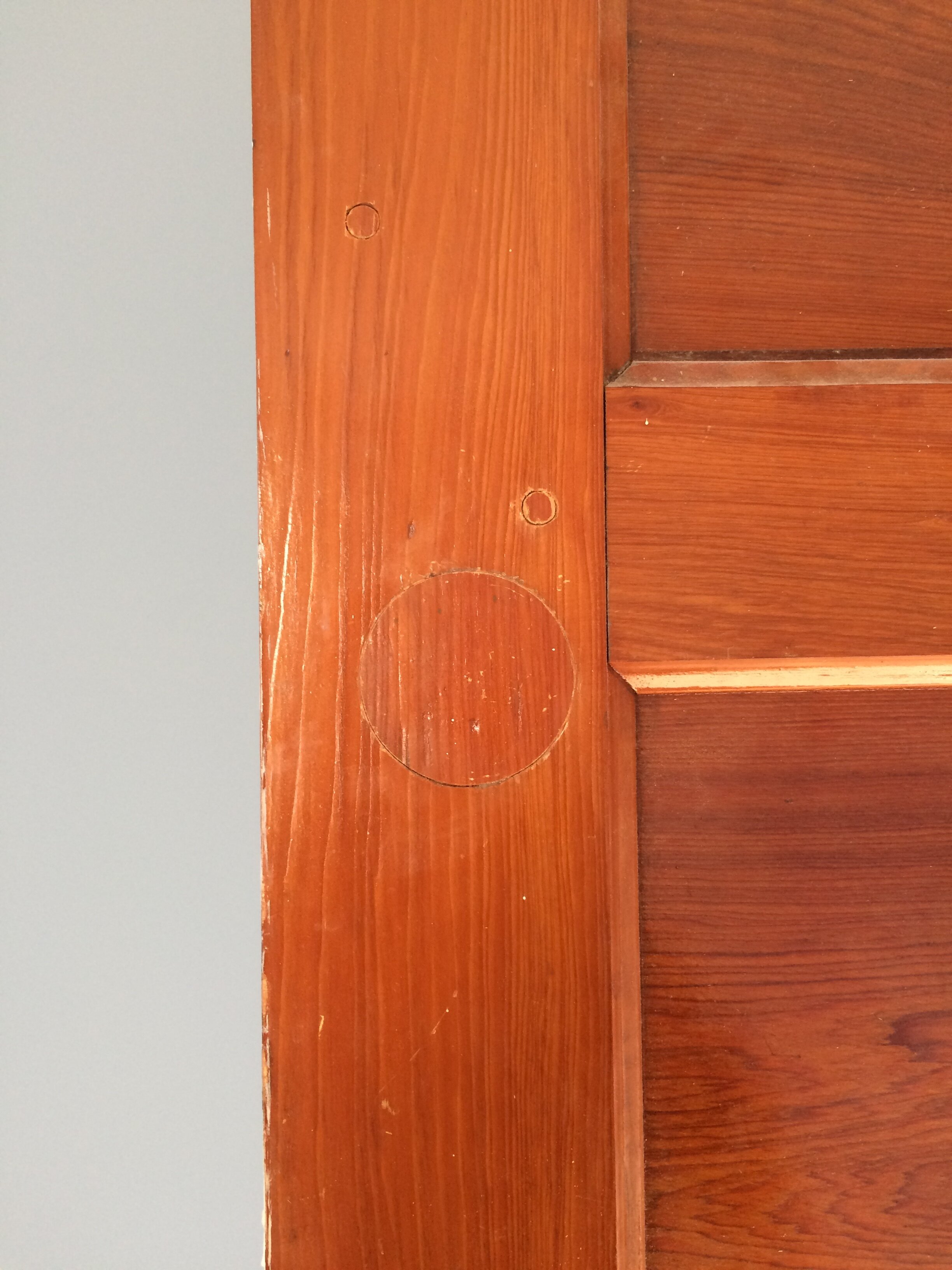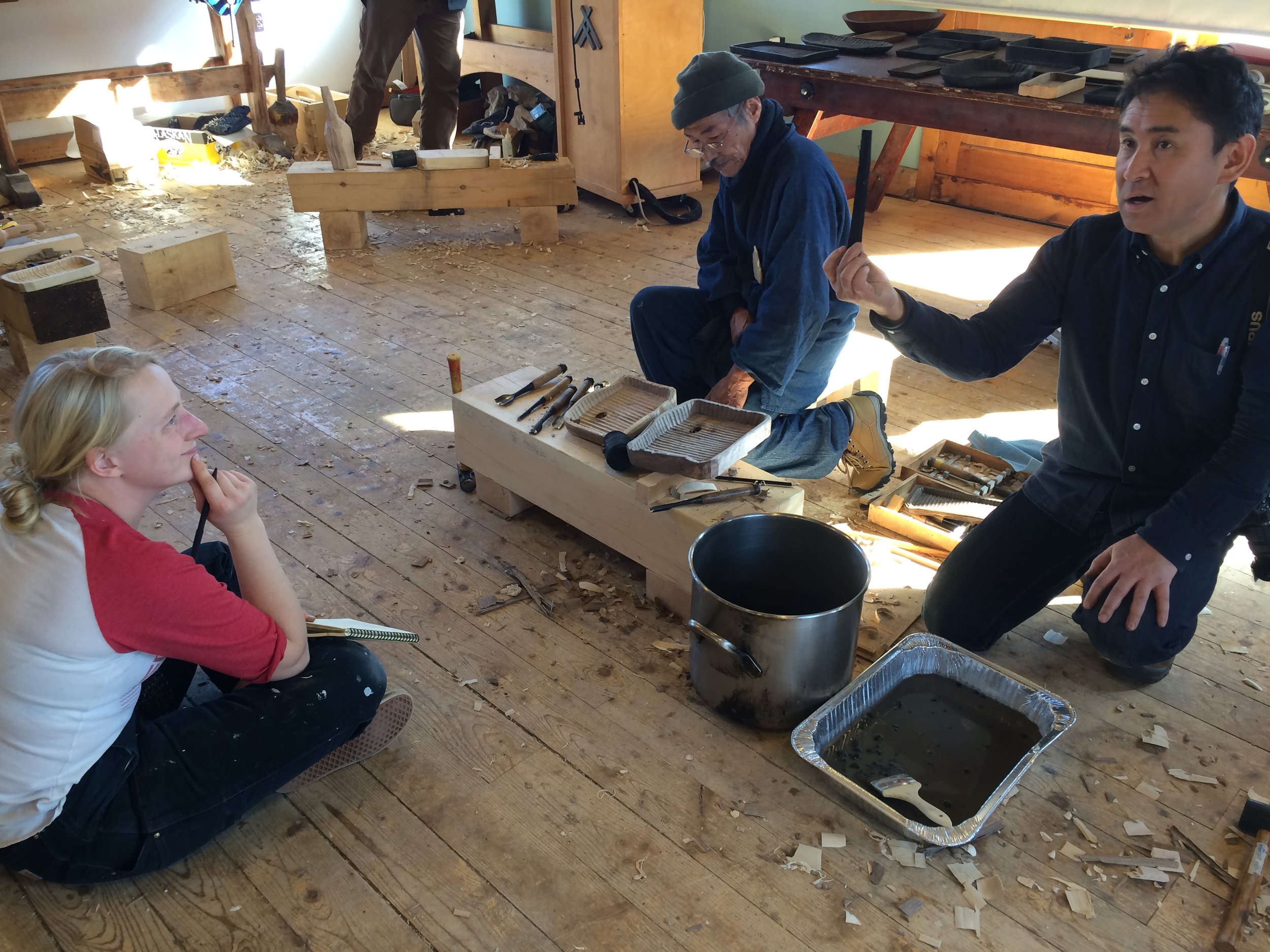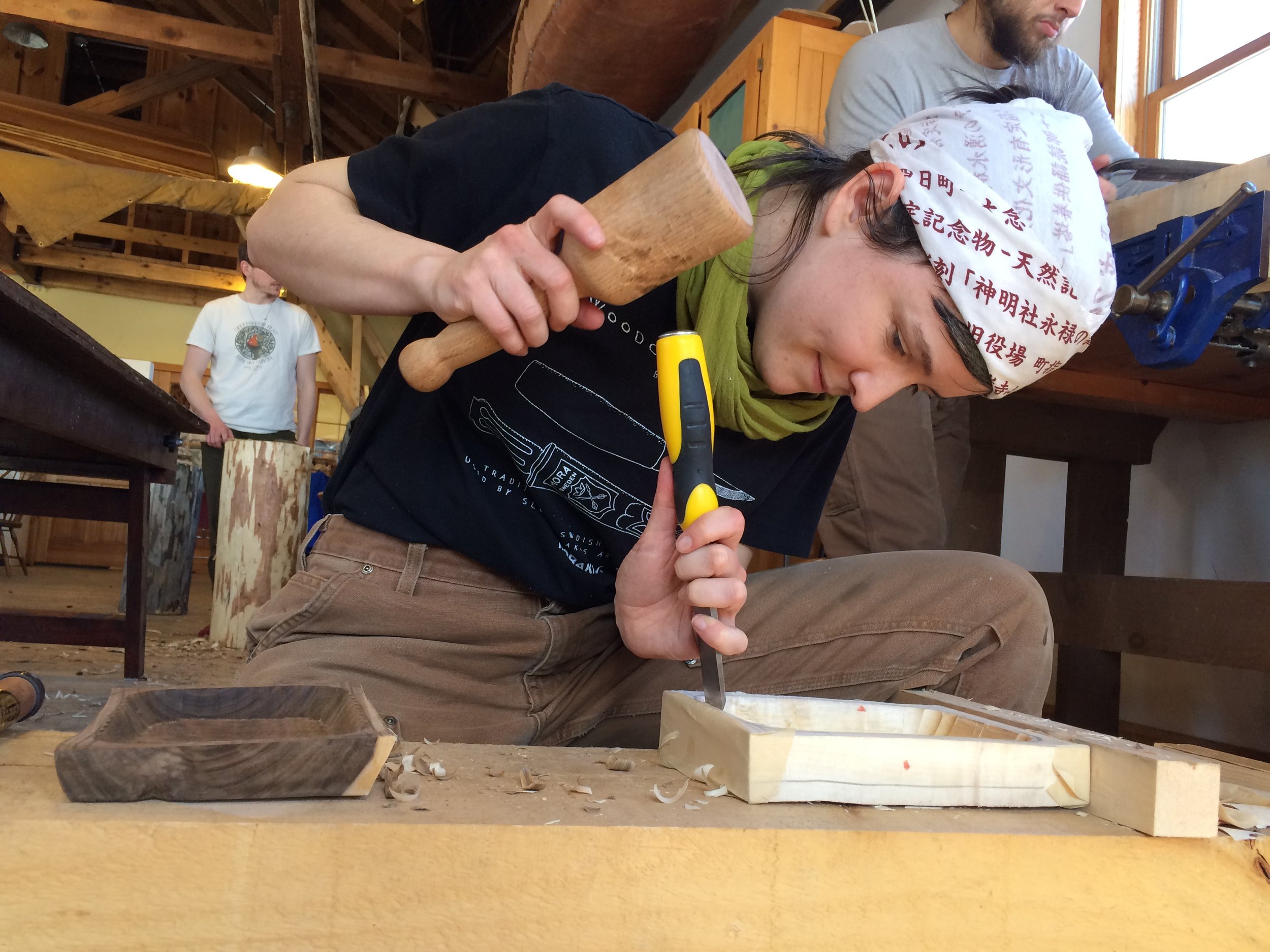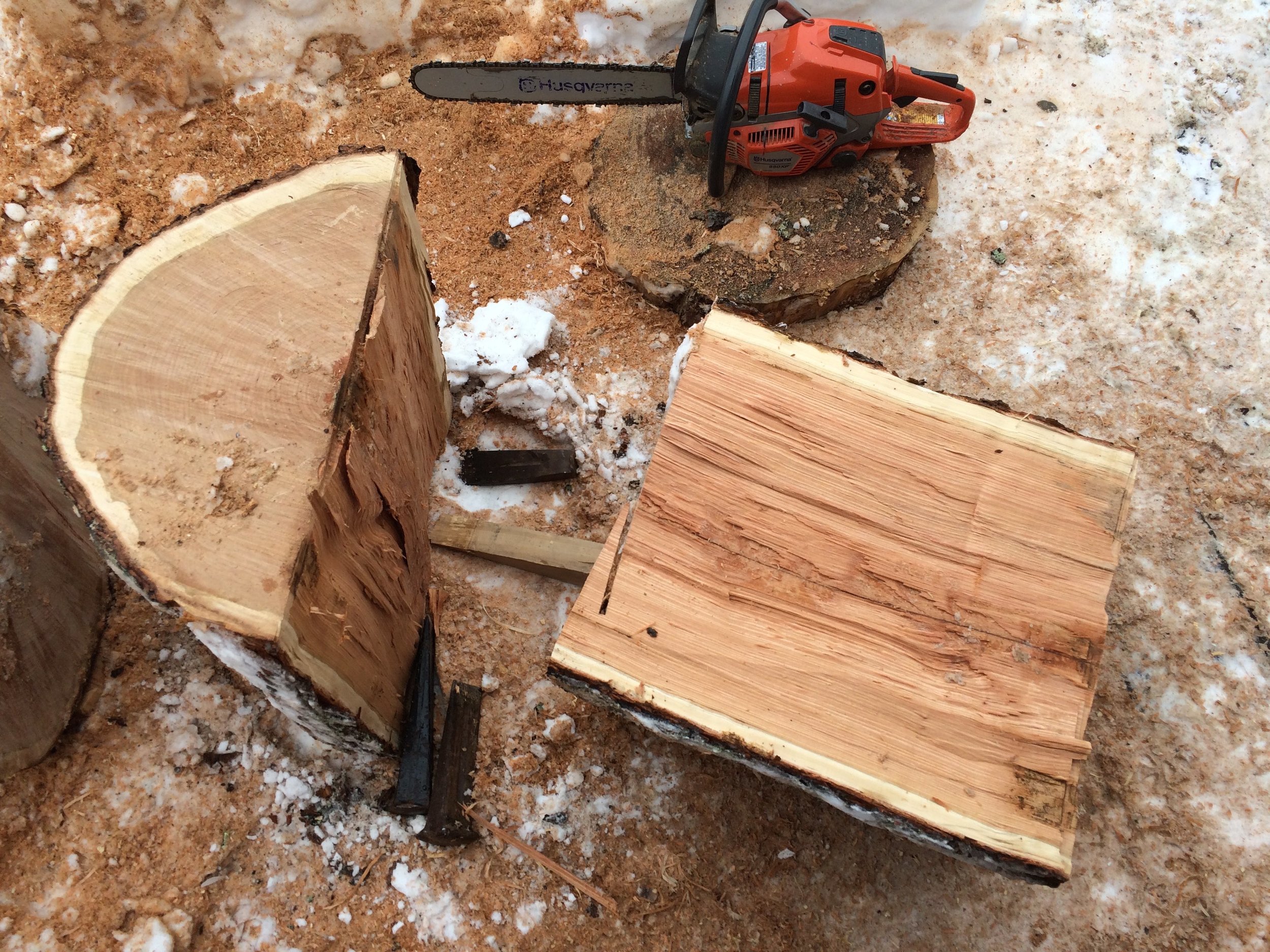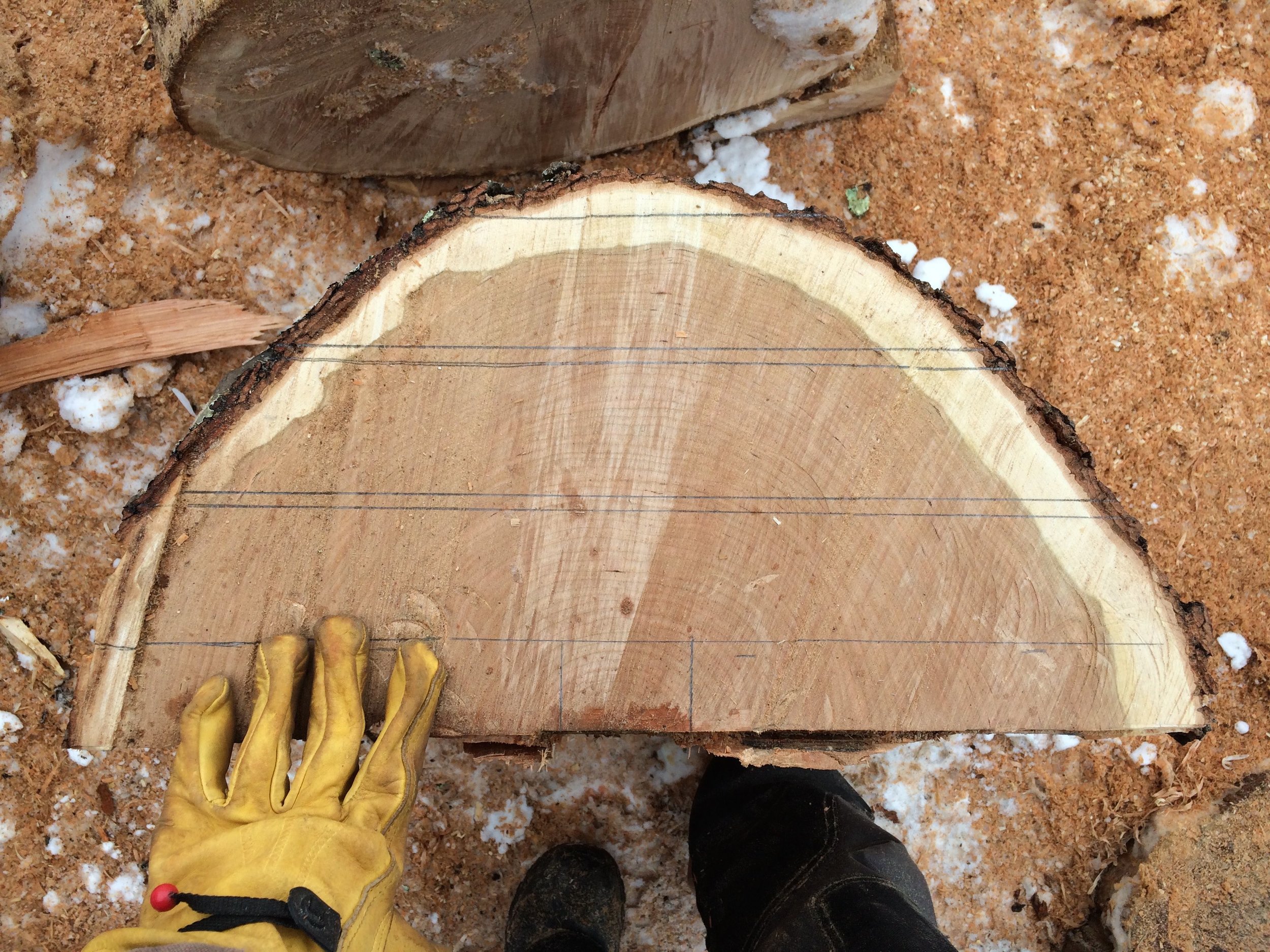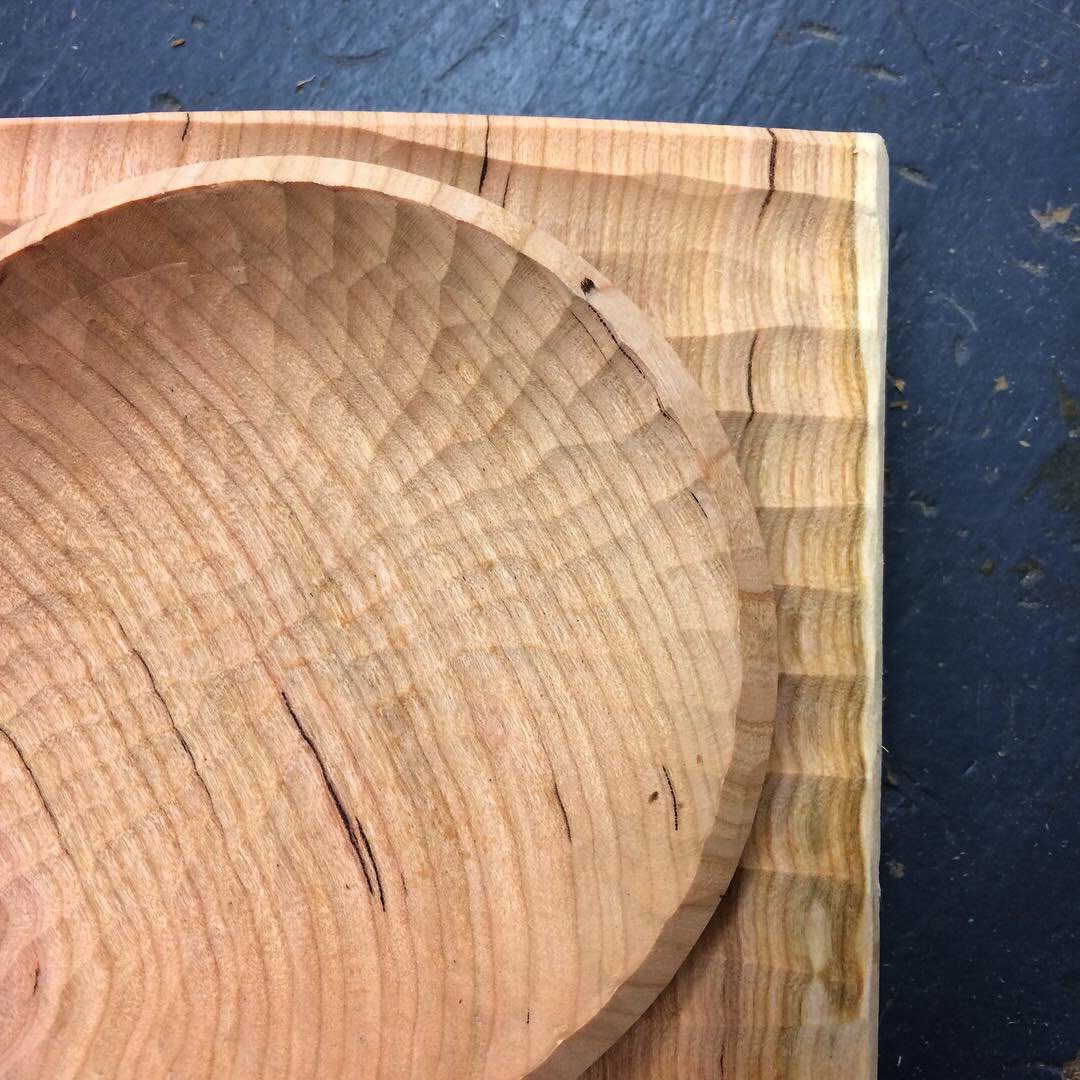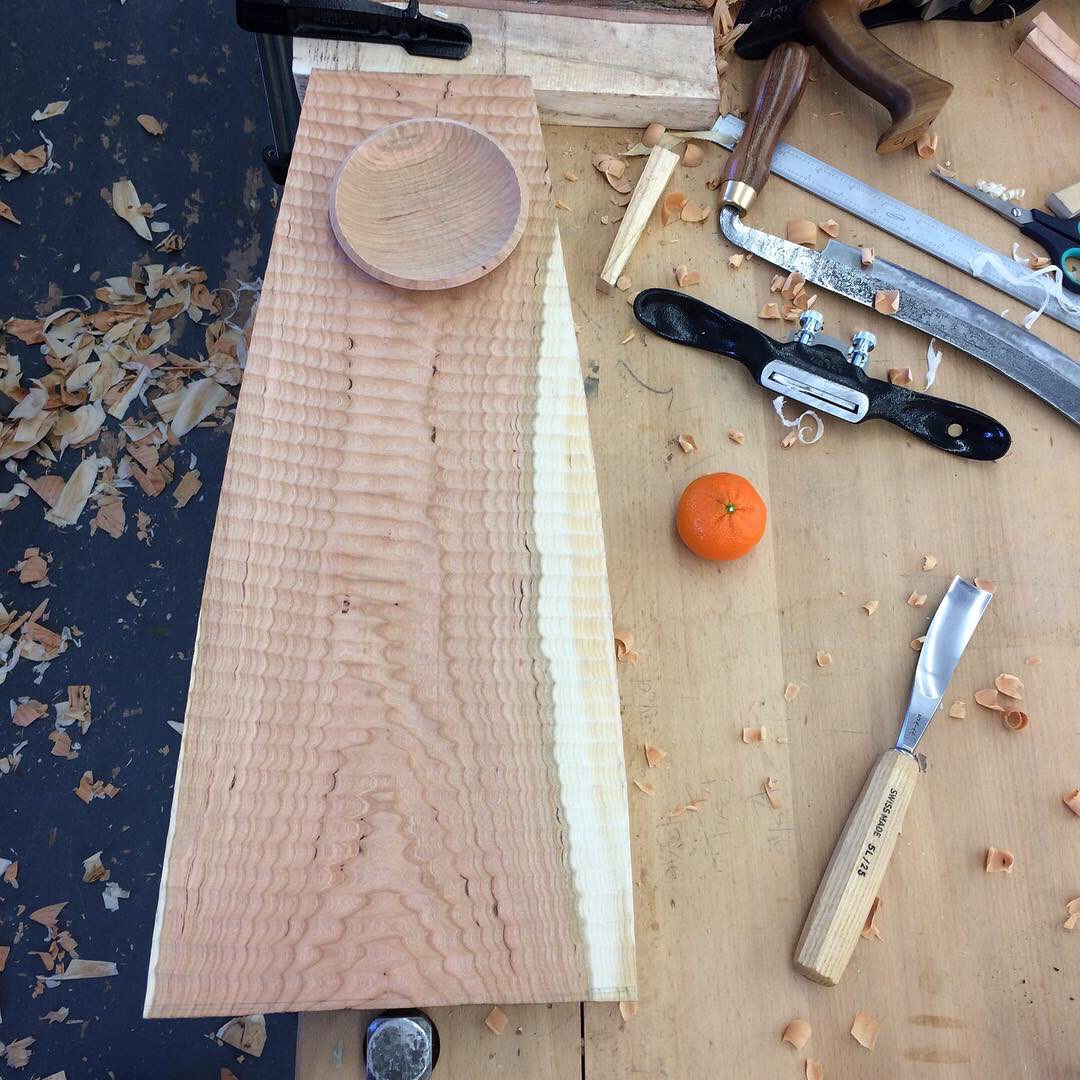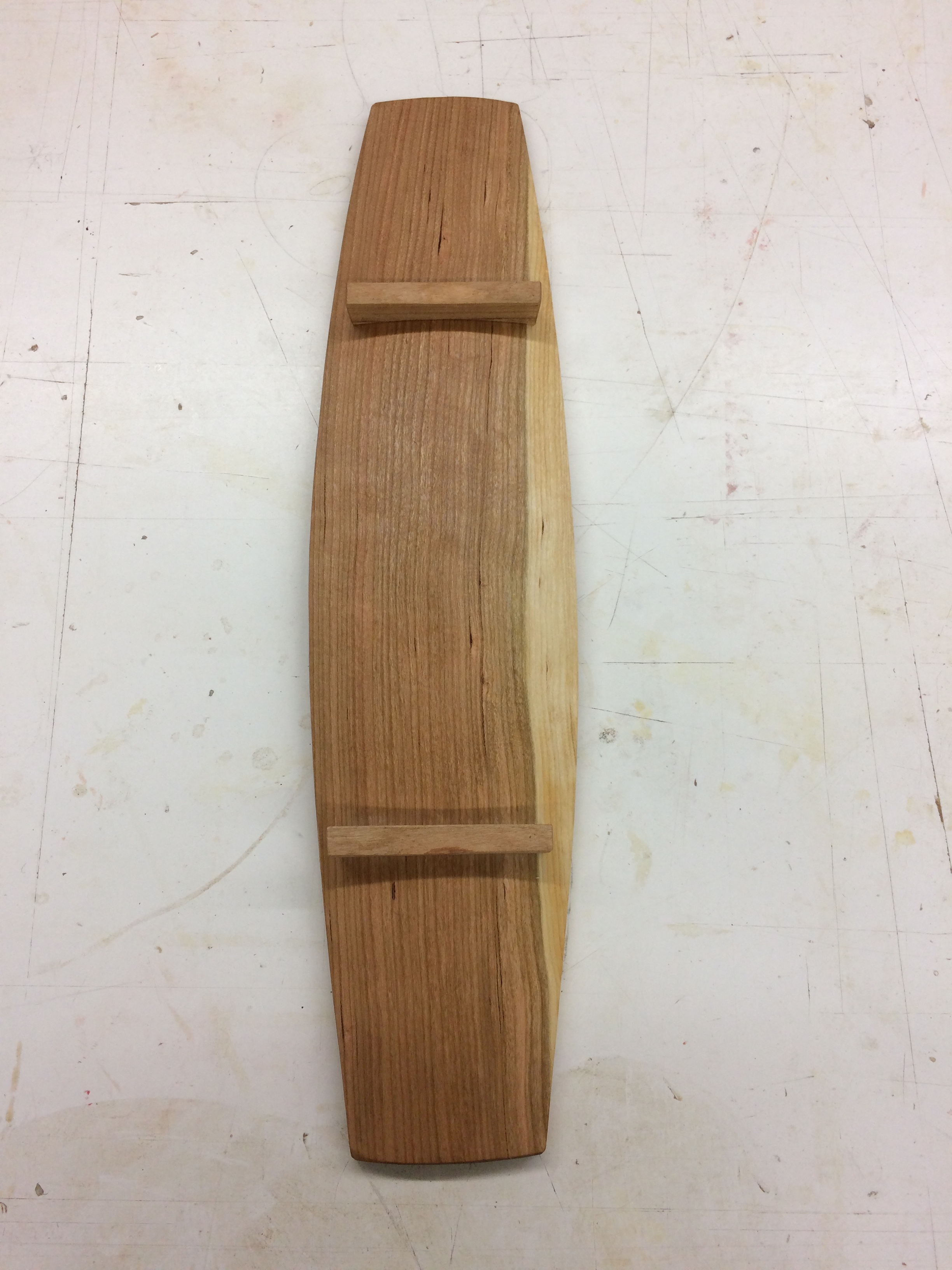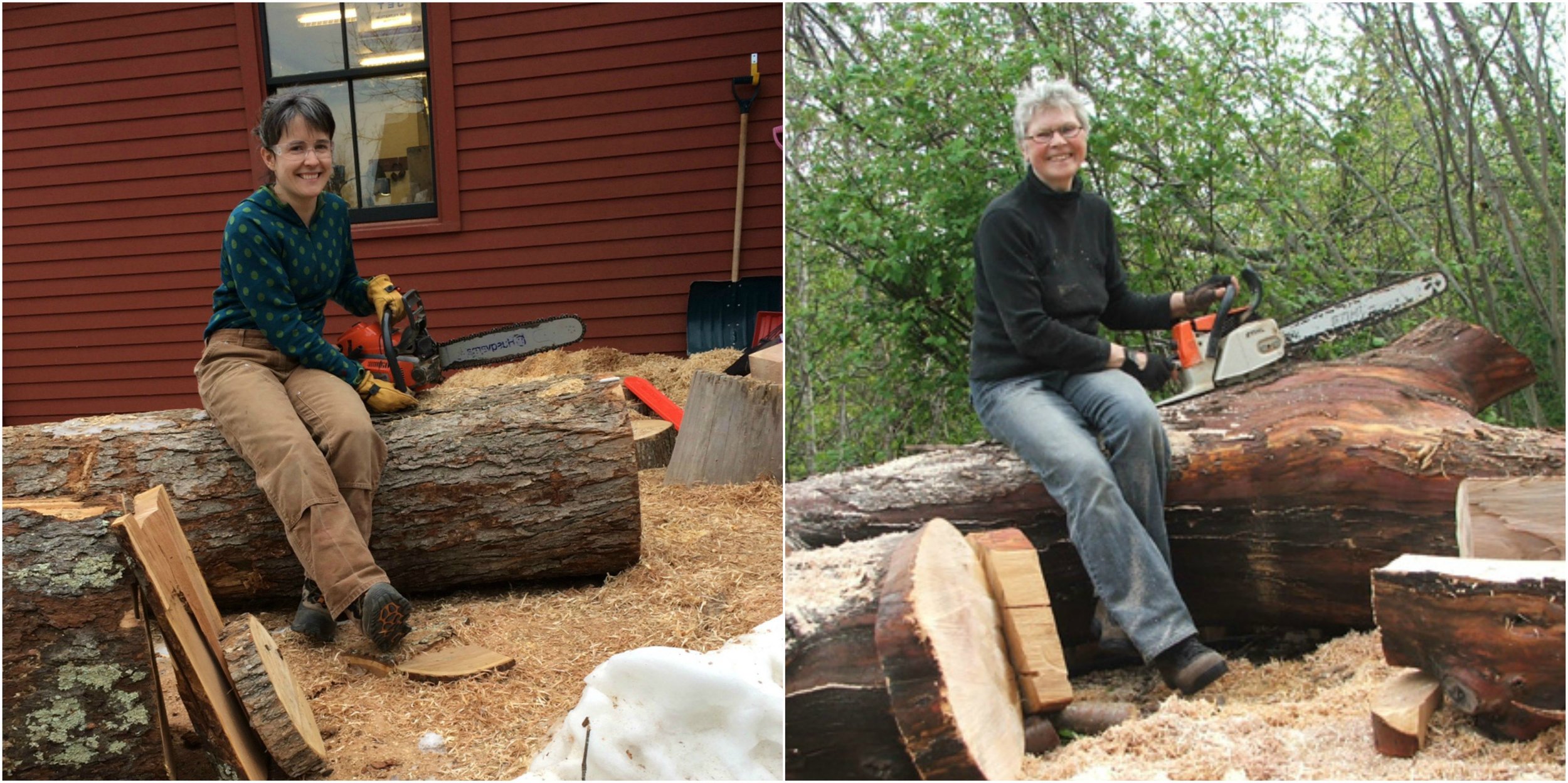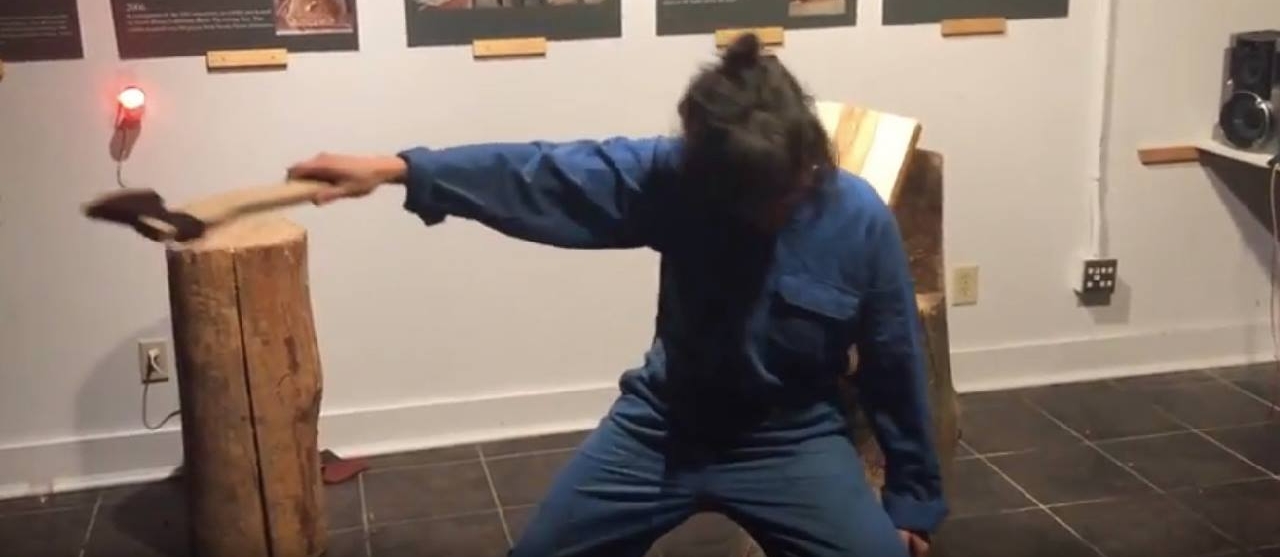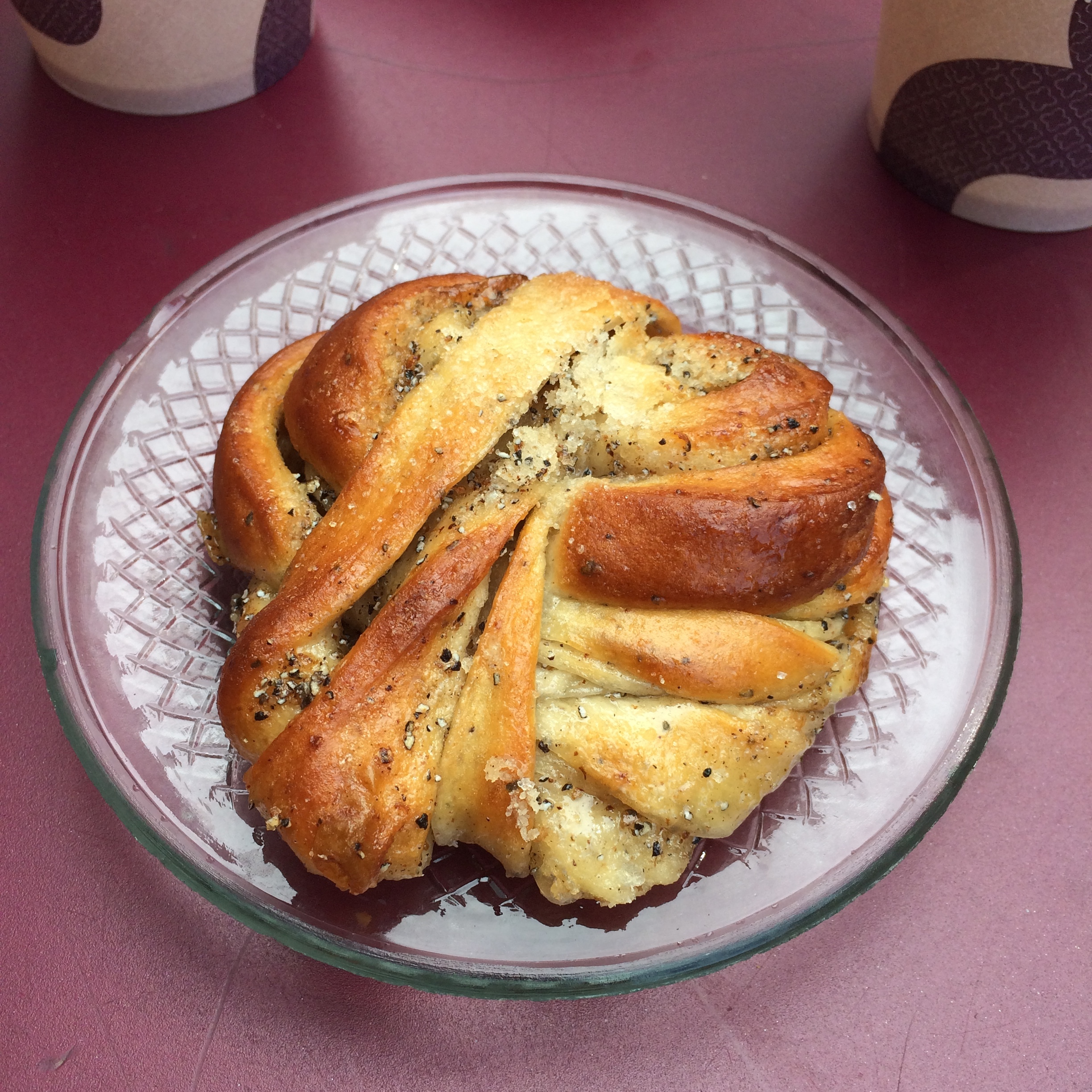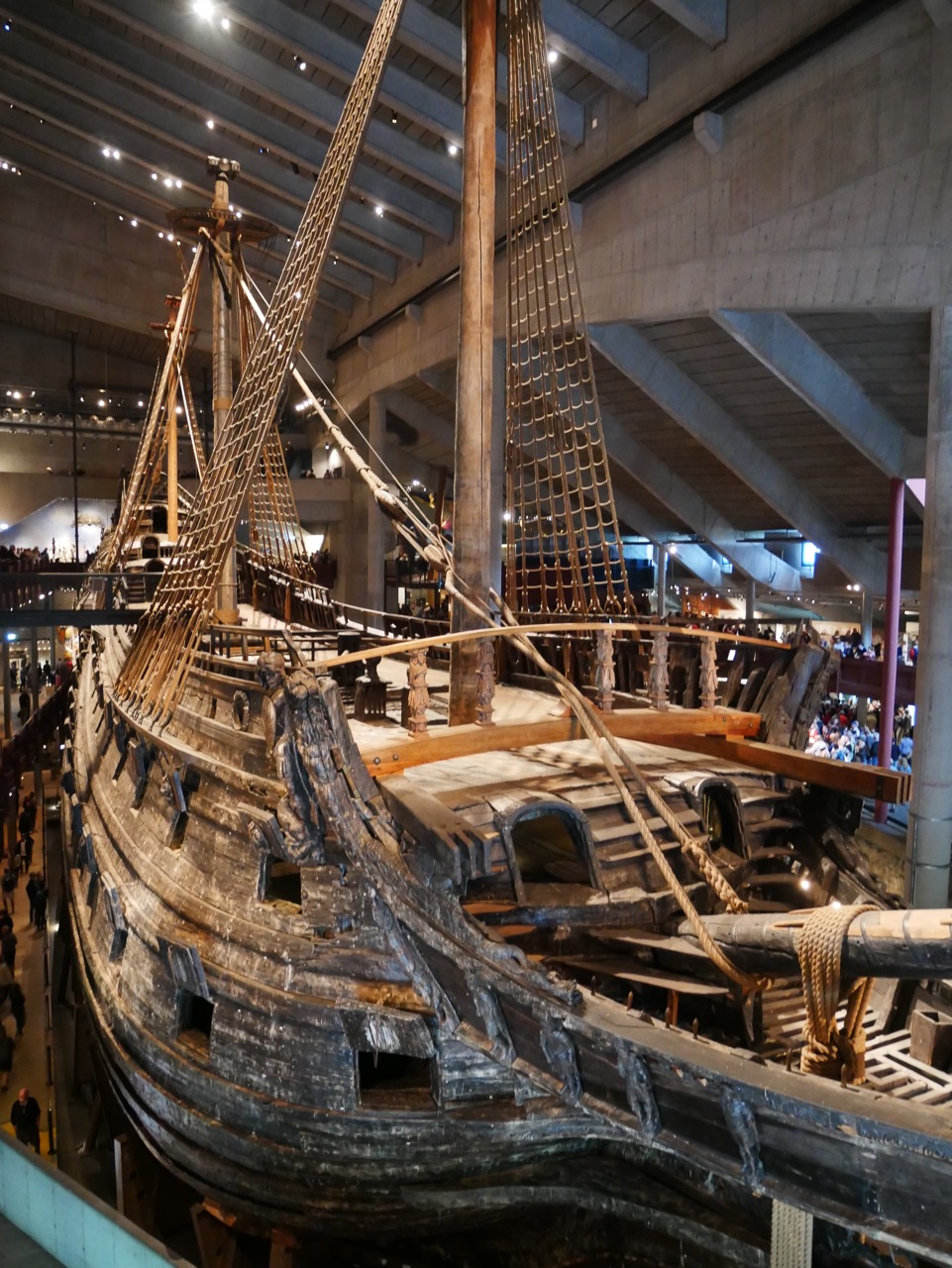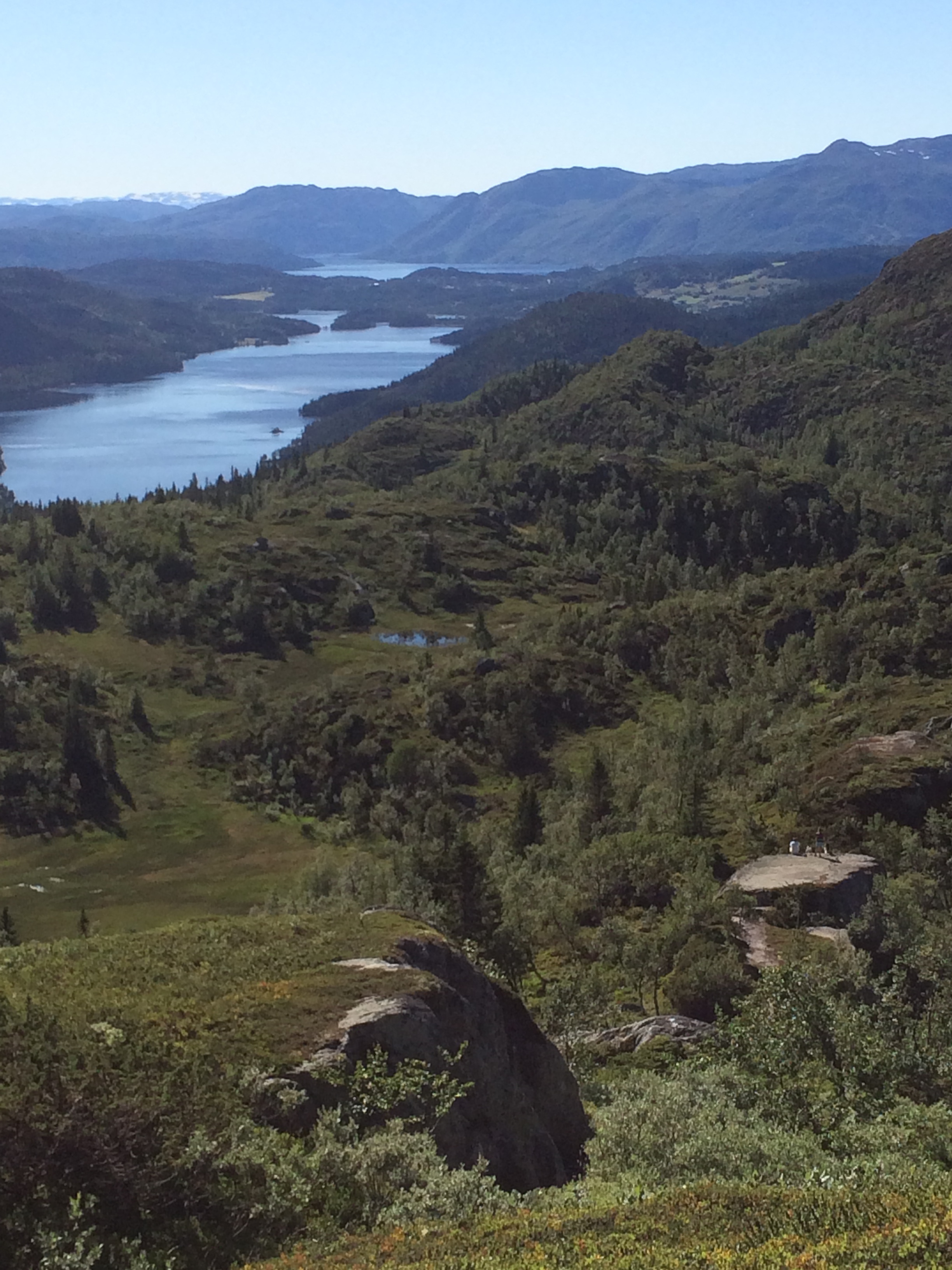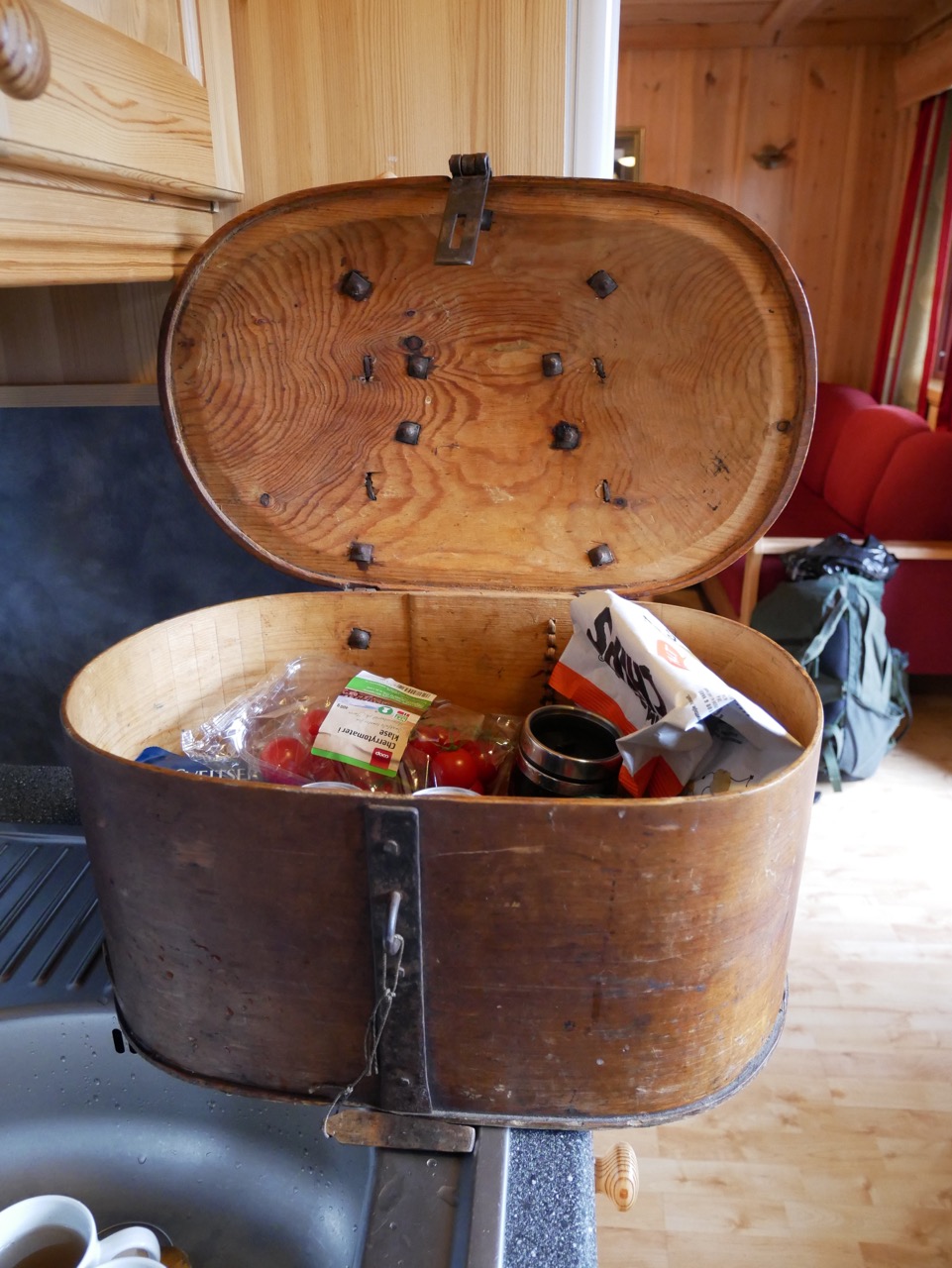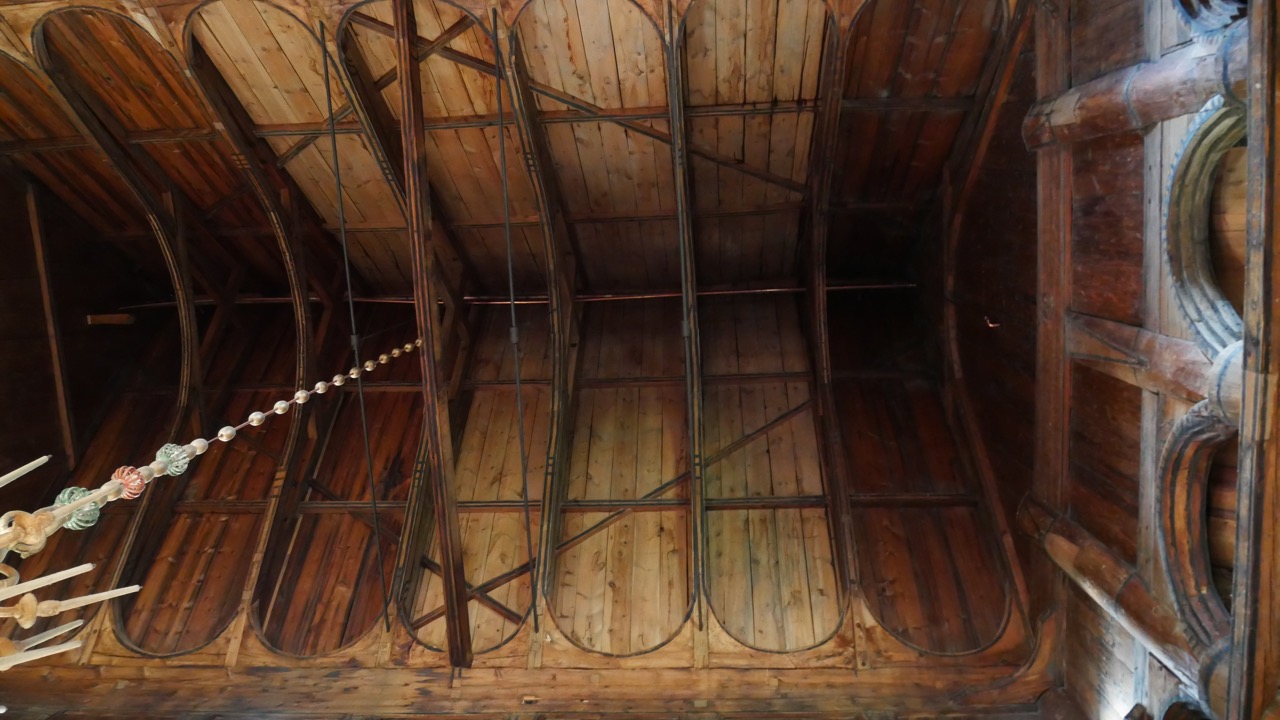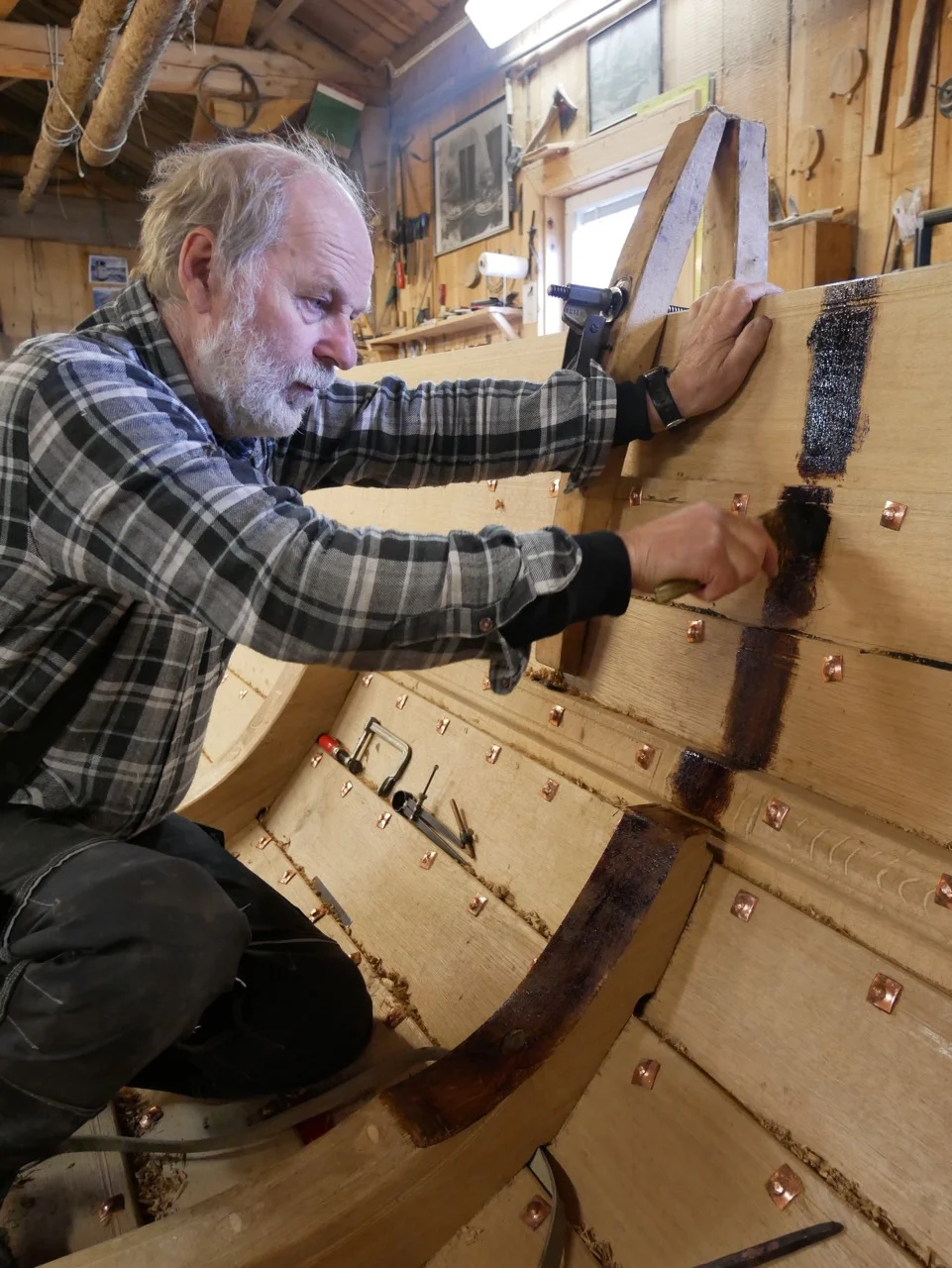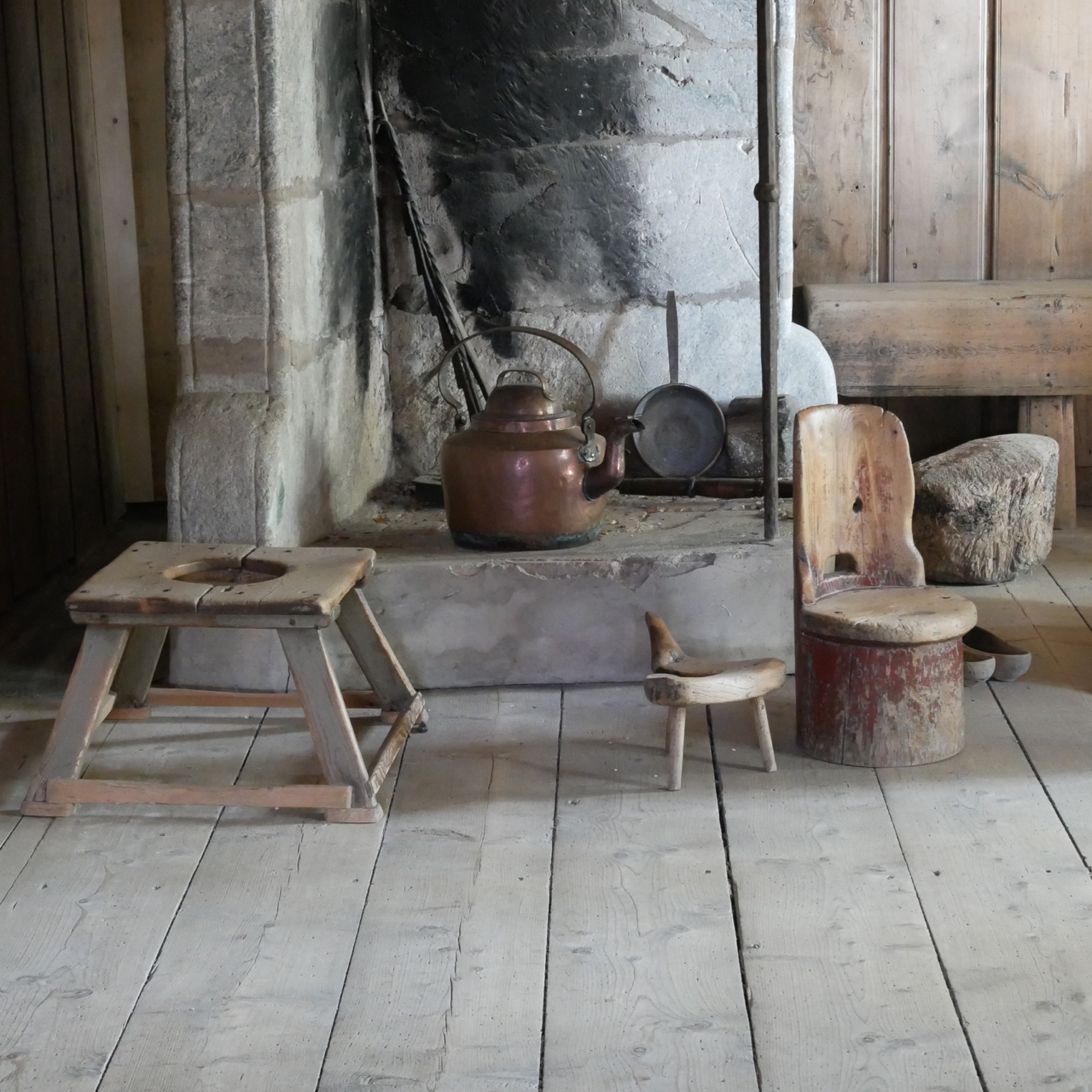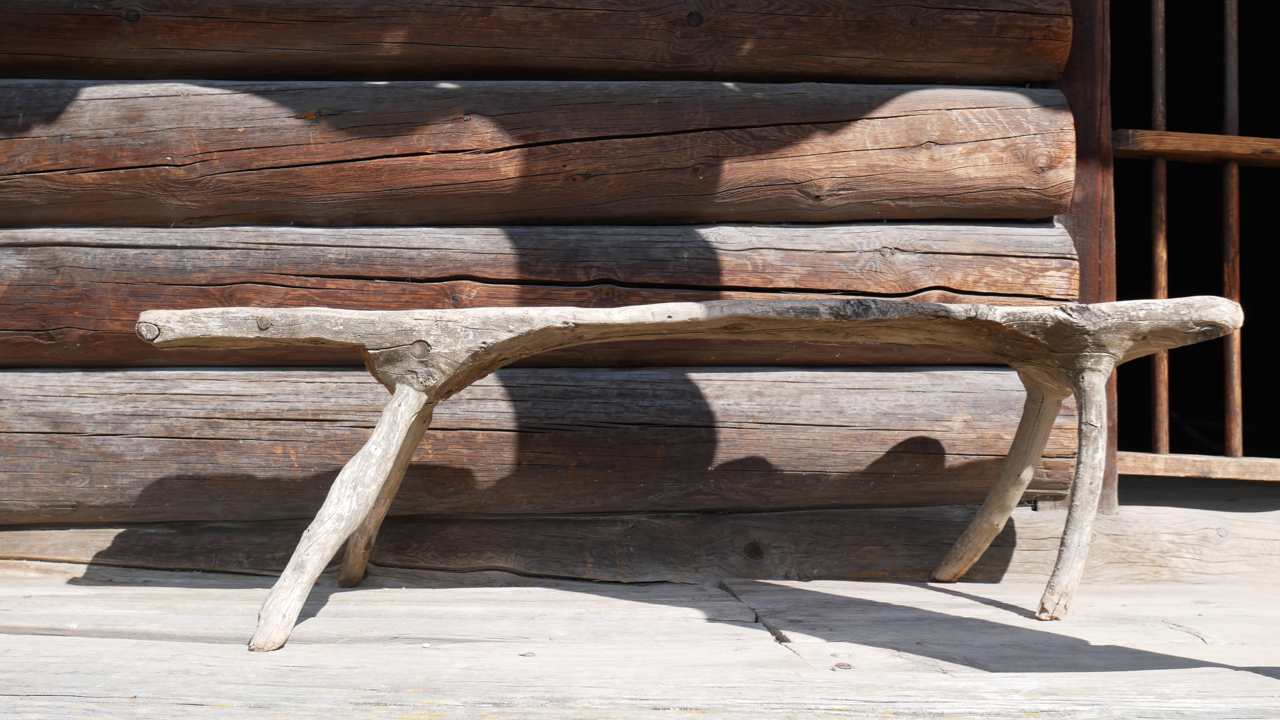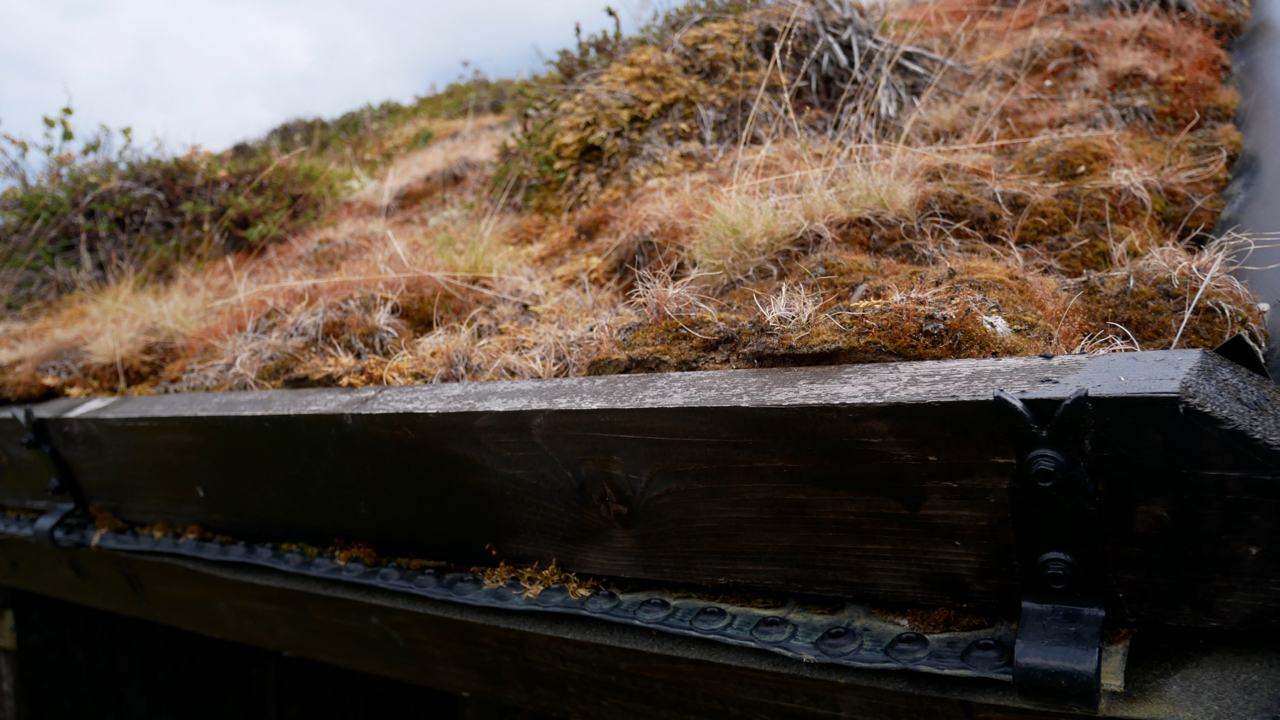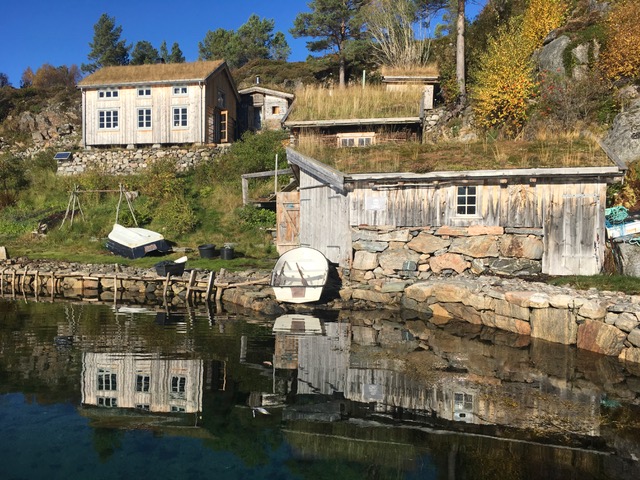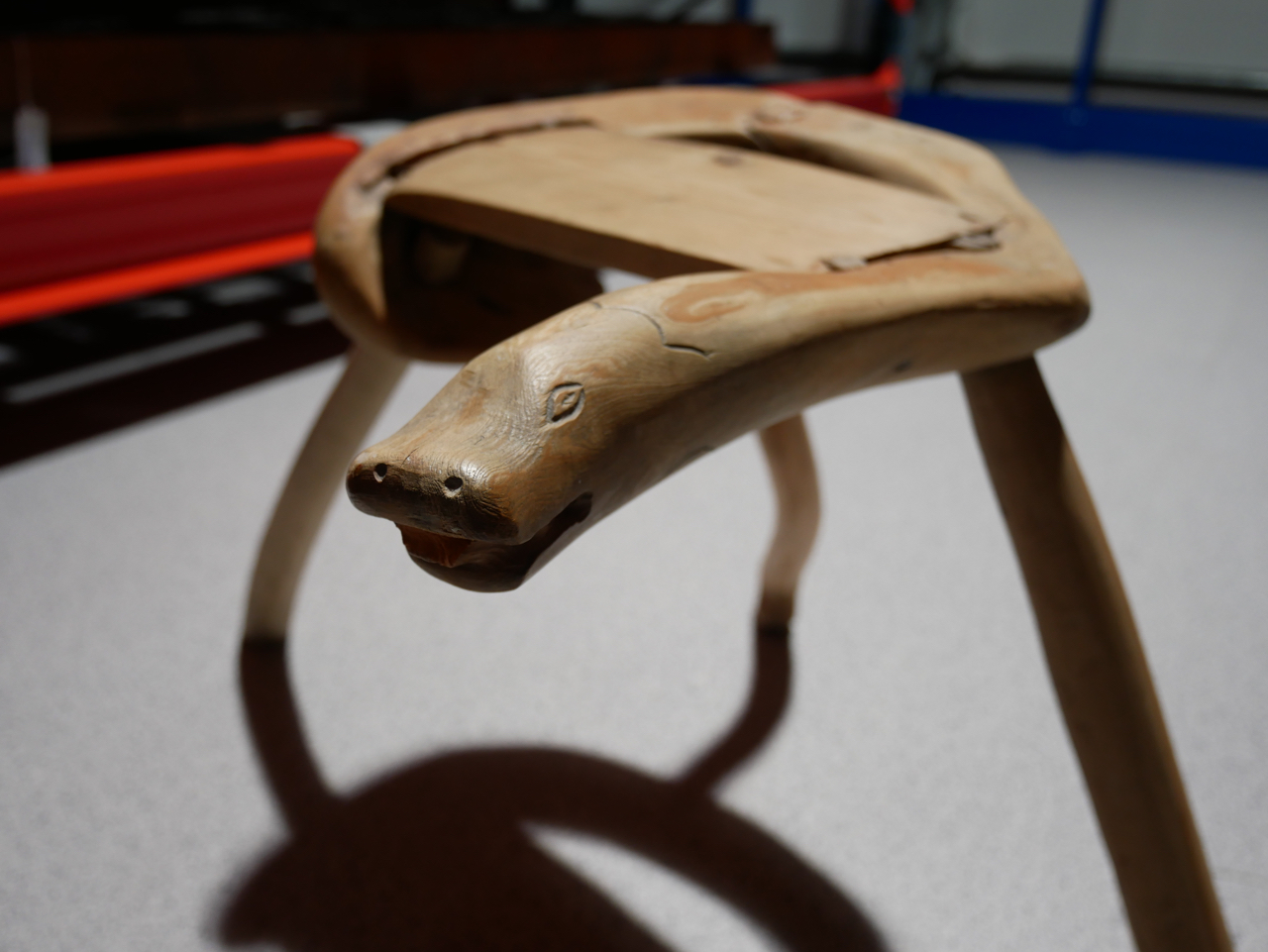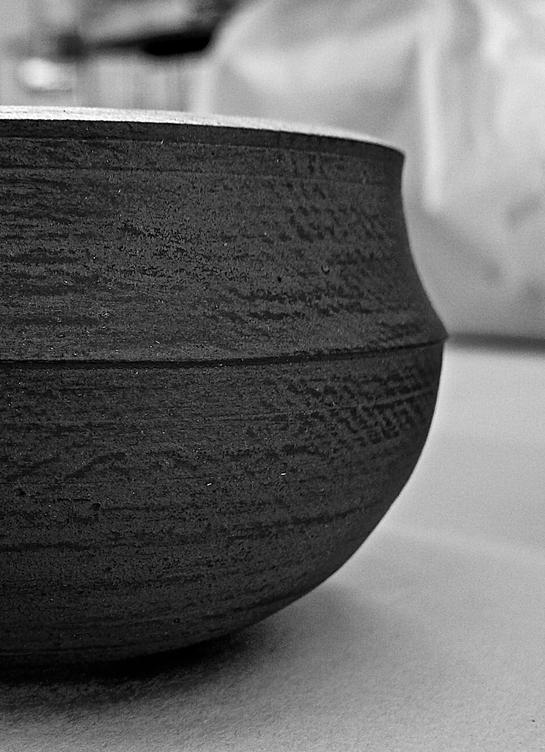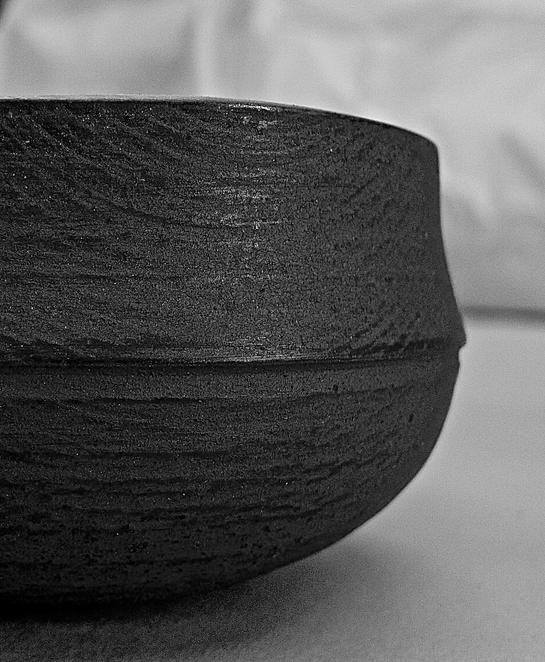This past week I made it to my construction work-aversary. I started a year ago removing asphalt shingles from a roof and throwing them into a dumpster that I couldn’t reach the top of. Since then I’ve gotten carpal tunnel, struggled with hand stiffness in the mornings, occasional back pain and general exhaustion! But I made it and I hope there’s something to be said for activating my ability to 我慢 (gaman), or to endure with patience.
I’ve learned a ton of useful stuff - but it’s so varied it’s hard to summarize here. So instead, I just wanted to impart one of the simplest things I’ve learned about construction, which is that few days look alike. Before this job, when I was just construction-curious, I’d ask my carpenter friends, “so what is it actually like?” and “what do you actually do?” I’d get answers like “renovations,” “dusty” and “new kitchens” but I still couldn’t picture what the work was like on a day-to-day basis.
It wasn’t until I just dived in, that I finally understood why it was so hard to summarize the work. Now that I’m the one who occasionally gets the question, “so what do you do everyday?”, I decided to document one random day this past winter and also include a few other highlights so curious people can at least get a sense of the nature of the work.
February 2020 / At a family home renovation project
7:00 AM: I leave my house with my cooler & a B.O.S. (Build On-Site) lunch.
7:30 AM I arrive at the home.
Task #1: Tricky Cutting
I get assigned to this scene…carpentry CSI: what do YOU think needed to get done based on this photo?
Skillsaw and sawzall at the ready. Infinite ducts await.
Answer: I had to use a sawzall and circular saw to cut into the subfloor so the ducts for the heating, ventilation and air conditioning (HVAC) could be sent through the floor. I could barely access some of the spots so I had to lie down and reach to get it done.
Task #2: Squeaky Sawing
Next! I was sent to the basement with my fellow laborer and we had to move multiple heavy shelves in order to get access to the basement walls. We then cut these rigid foam boards (technically: glass-fiber-infused polyiso foam core laminated between 1.0 mil of smooth, reflective aluminum facers - ohhhh yeah talk insulation to me baby!) with bread knife-like saws. I have to say I am a sucker for the shiny silver walls once the job is done.
Task #3: Heavy Lifting
After getting out of the basement, I was assigned the lovely task of lugging, dumping and cleaning this concrete mixing bucket that was being used for a concrete countertop installation.
Task #4: Satisfying Smashing
By the end of the day it was time to smash ice in order to access a tarp that was needed to cover the garage entryway. Each hit shot ice chips everywhere so I had to put on my safety glasses. I distinctly remember picturing a politician’s face while doing this task. Helps to get paid to do some rage-relieving therapy now and again.
So that’s the snapshot! Notice there is no building or creating. I get to do that too sometimes and it’s a treat, but it’s probably only about 10% of what I’ve done so far.
These photos are from the winter so I thought I’d add a quick summer snapshot too - a day of leveling rocks for the foundation, and then covering them with expanded polystyrene (EPS) insulation boards! (link)
And what’s a blog post without a PSA!?
Take good care everyone!

